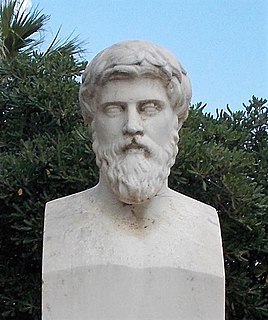A Quote by Glynis Johns
I would sooner play in a good British picture than in the majority of American pictures I have seen.
Related Quotes
Since I switched to an iPhone, I did start taking pictures of people I like. Until then, I strangely never took pictures. I think the iPhone became this space that was different enough from a "photograph," so I find myself taking pictures of daily things. If someone I dated asked me to take their picture, I would most likely find it disturbing. Perhaps nude pictures would be fun. But that would have to be on an iPhone.
From the American Revolution right up to the Second World War, the U.S. was more likely to provoke suspicion among members of the British establishment than deferential approval. It was seen - with good cause - not just as a potential rival for empire, but also as dangerously egalitarian, worryingly innovatory, and excessively democratic.
The American motion picture is the greatest unconscious carrier of propaganda in the world today. It is a great distributor for ideas and opinions. The motion picture can standardize the ideas and habits of a nation. Because pictures are made to meet market demands, they reflect, emphasize and even exaggerate broad popular tendencies, rather than stimulate new ideas and opinions. The motion picture avails itself only of ideas and facts which are in vogue. As the newspaper seeks to purvey news, it seeks to purvey entertainment.
To an ever greater extent out experience is governed by pictures, pictures in newspapers and magazines, on television and in the cinema. Next to these pictures firsthand experience begins to retreat, to seem more and more trivial. While it once seemed that pictures had the function of interpreting reality, it now seems they have usurped it. It therefore becomes imperative to understand the picture itself, not in order to uncover a lost reality, but to determine how a picture becomes a signifying structure of its own accord.



































